A truly complex society
The State of Israel was founded in 1948, but the story starts at pre-biblical times. The geographical location of the country – on the shore of the Mediterranean Sea, a bridge between Europe, Asia, and Africa, the fertile soil, and the comfortable climate, resulted in a large variety of tribes that inhabited the area.
Conquerors came and left, as did many ethnic groups. Jewish people, who were exiled during the reign of the Roman Empire, started returning to the country in the first half of the 20th Century, following social and ideological movements in Europe (1900s-1930s), the rise of the Nazi party, WWII and the holocaust (1930s-1950s), and the conflict with Arab countries (1940s-1950s).
The result of this history is a country made up of several cultures – Jews and Arabs, immigrants and descendants of over 100 countries, religious and atheists. This reality creates many conflicts, but can, at times, be a lovely medley of tastes, tunes, and colors.
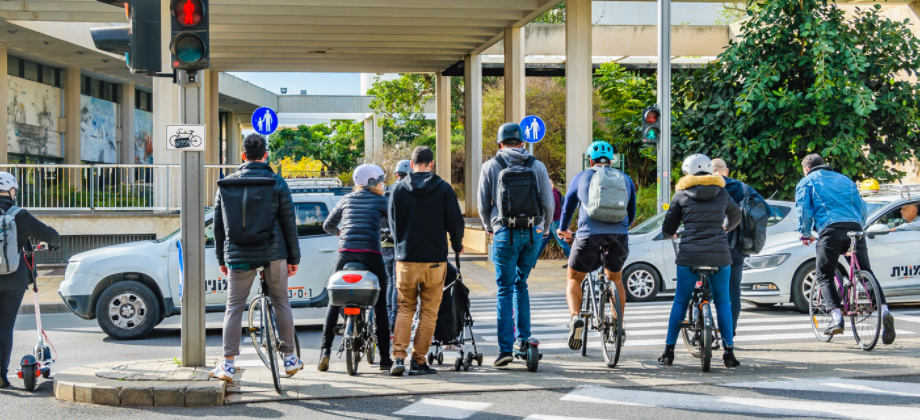
Ethnicity
The greatest divider in Israeli society is ethnicity. About 80% of citizens are Jews, and 20% are Arabs. The relationship between the two groups is very complex, and is greatly affected by the Israeli-Arab conflict in the Middle East.
The two groups are not separated by law, but tend to lead separate lives:
- Most locales are either “Jewish” or “Arab”. In mixed locales, there are usually mainly- Jewish or mainly-Arab neighborhoods.
- The main language spoken by each group is different – most Jews (unless newly immigrated) speak Hebrew at home, while most Arabs speak Arabic. Although all Arabs study Hebrew in school, most Jews do not study Arabic, and therefore communication tends to be in Hebrew.
- Schools tend to be separate, mainly due to language, but identity, location and religion play a huge role, as well.
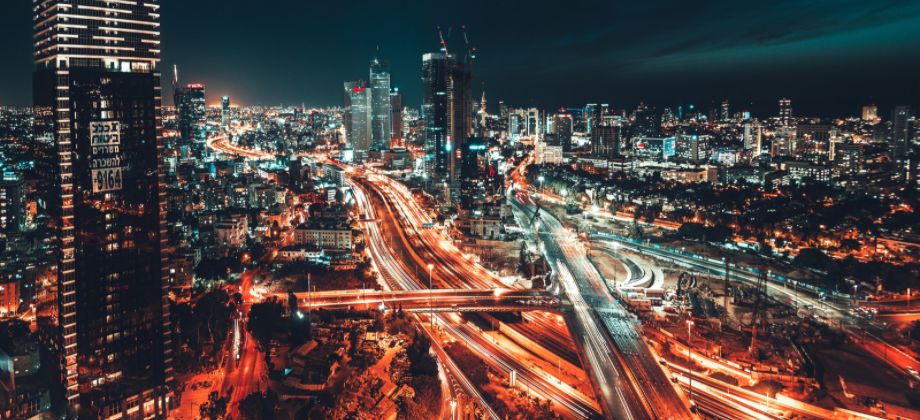
Region and Urbanity
Israel is a very small country (about 22,000 square km) – you can drive from the northern border to the southern border in about 7 hours (unless you hit traffic jams!). From west to east, you can do it in less than an hour. The fact that it’s a small country means that “region” will not be a variable that will give you interesting results when cross tabulated by. Media is national, as are the educational system, telecommunication companies, retails chains, etc.
Urbanity, too, is not a reliable segmenting variable. Very small locales are quite rare, and can be a very wealthy suburban community or a very poor Bedouin tribe. A town of 50,000 can be very urban, but can also be quite rural in “personality”.
Before we get to numbers, a bit of history. In 1967, during the 6 Day War, Israel occupied several regions: the Sinai Desert from Egypt, the West Bank and East Jerusalem from Jordan, and the Golan Heights from Syria. When peace accords were signed with Egypt in the early 1980s, Israel returned the Sinai Desert. When peace accords were signed with Jordan (early 1990s), Jordan did not ask for the West Bank, since the residents of this region – Palestinians – are striving for their own, independent, state. The Golan Heights haven’t been discussed at all, since there have been no peace talks with Syria.
Since the Israeli-Palestinian conflict is yet to be resolved, the borders are not clear. View of the border issue is one of the great political dividers in Israel – while Arabs and Left- Wing Jews view the “Green Line” (the pre-1967 border) as the end of the country, Right-Wing Jews claim the country’s right to the territories occupied in 1967.
At PORI, we respect each person’s political view. However, from a professional standpoint, we include in our statistics only Israeli Jews that live outside of the “Green Line”. Arabs that live in these regions are ruled by a different administration (The Palestinian Authority), they are not citizens of Israel, and they prefer living under a separate entity. Since the official government figures include some Palestinians living under occupation, the figures that we use for sample calculations may differ. The official figures can be found at: www.cbs.gov.il.

Religion and religiousness
Jews
The spectrum of religiosity among Jews is very broad and visible, from secular and atheists that dress in a western fashion, to Ultra-orthodox that wear dark cloths, black hats (men) and wigs and hair cover (women). There are no official figures for religiosity, but the general assumption is as follows: Ultra-orthodox – about 10% Orthodox – 10-15% Traditional – 30-35% Secular/atheist – about 45% Ultra-orthodox tend to segregate themselves in separate locales or neighborhoods. Orthodox are a bit more mixed in general society. However, both groups have their own school systems, as well as segment-specific media channels. Although the two religious groups are a minority, they have disproportional power due to the political system in the country (coalition-based).
Arabs
The majority of Arabs in Israel are Muslim (almost exclusively Sunni). However, there are significant numbers of Christians and Druze, influenced significantly by region. The degree of religiousness of Arabs is not always visibly apparent, especially among males (religious Muslim and Druze women cover their hair). In surveys, we usually ask whether the respondent is “very”, “somewhat”, or “not” religious. Due to the culture, there is a large degree of social bias in this variable.
18 YO +
Total
Muslim
Christian
Druze
Among Arabs
100%
83%
8%
9%
Among total population
17%
14%
1%
2%
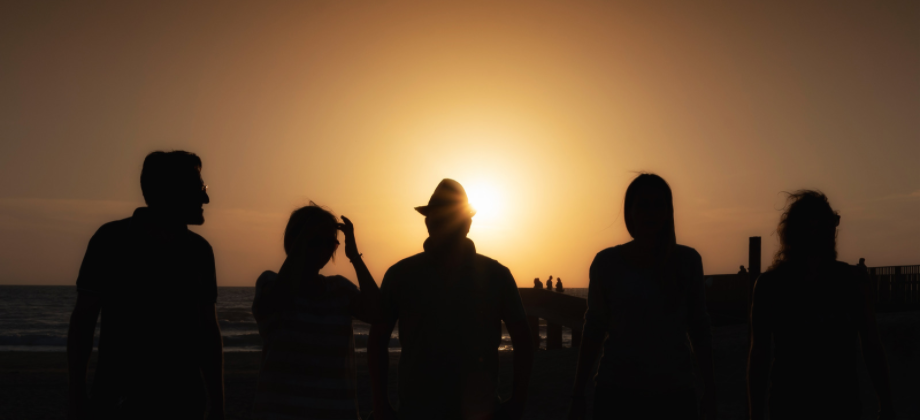
Age and gender
Israel is a relatively “young” society, due to the high birth rate (especially among ultraorthodox and orthodox Jews, as well as Muslims). The total male:female ratio is very close to 1:1.
Education
Israel has a 14-year free educational system (pre-K, kindergarten, grades 1-12). Apart from a high school certificate, the country has a system of matriculation examinations
that one needs to pass in order to continue with academic education.
Non-academic institutions teach mainly technical subjects (e.g., electricians). The academic institutions – colleges and universities – follow the European system.

Income
Income is usually measured in relation to deciles or average income published by the government from time to time. When asked directly about income, refusal rates are quite high. We therefore recommend asking a non-invasive question: we submit an “average income” figure, and ask the respondent to state where he or she are relative to that figure.
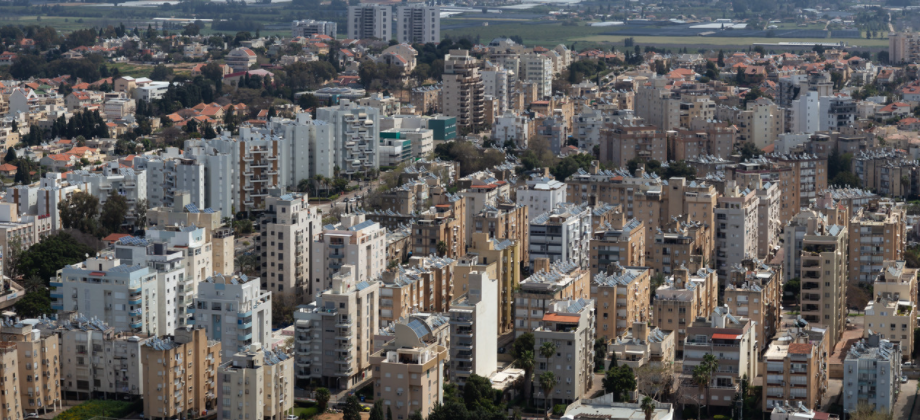
Socio-economic clusters
The Israeli Central Bureau of Statistics has a geographical 10-scale clustering system, based on several parameters such as income, education, employment, standard of living, etc. A cluster number is assigned to each statistical area* in the country, from 1 (very poor, low education, low space per person at home, etc.) up to 10. This SES system is a very important component of sample plans.
SES
Total
Jews
Arabs
Low (clusters 1-3)
25%
14%
80%
Middle (clusters 4-7)
59%
67%
18%
High (clusters 8-10)
16%
19%
1%
* Statistical areas are neighborhoods or small areas in cities and towns, or a very small locale. On average, SAs include about 3,000 people.
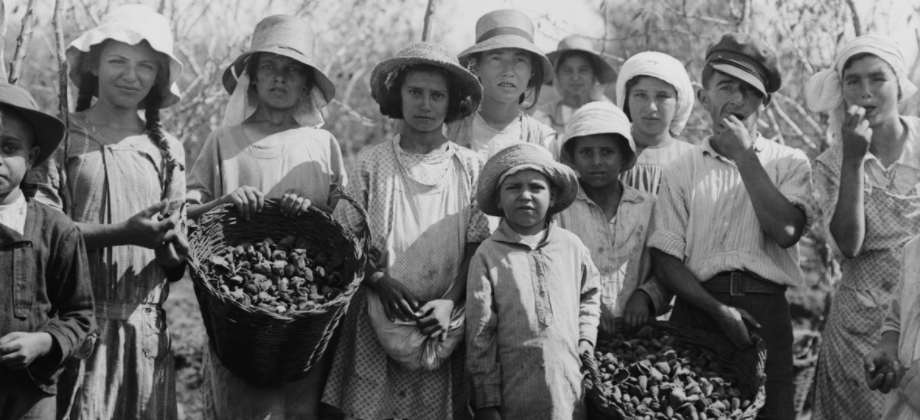
Country of origin
Since Jews began immigrating to Israel only in the past century, each group brought its own set of customs, behaviors, values, language and culture. Although differencesbecome less apparent as time goes by, and many marriages involve couples of different heritage, country of origin is a very important component of one’s self identity. Among ultra-orthodox there is still a strong division, and important issues such as marriage and worship are based on this.
The main division is between two groups, almost equal in size: “Ashkenazi” – COO is Europe, the Americas and Australia. An important sub-group is formed by recent immigrants from the former Soviet Union. “Sephardi” or “Mizrachi” – COO is Middle East, Asia, or Africa
Although most Israelis have been born in the country, many still identify themselves as one or the other (or mixed).
National identity
Israeli Arabs are in a very difficult situation: on the one hand, they are citizens of Israel. On the other hand, they belong to the general nation of Arabs, and more specifically –the Palestinian people. When relevant, we ask Arab respondents to tell us whether they define themselves as Israelis, Palestinians, Arabs, or anything else they may choose.
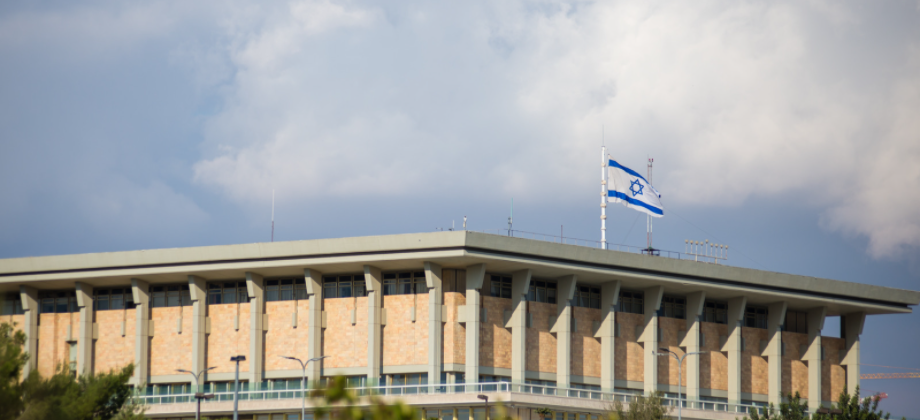
Politics
Israel has a parliamentary-coalition political system. The Parliament (“Knesset”) consists of 120 members, chosen in a general election. The Prime Minister is the head of the party that managed to construct a coalition of at least 61 members. In recent years, there has been quite an instability, since the parliament is divided into two almost equal blocks.
Israeli’s political identities are a constant source of conflict, and therefore we use this variable as one of our main segmentation tools. However, it is important to keep in mind that there is a great deal of confounding between political identity and other demographics, such as ethnicity, religiosity, country of origin.
Other important segmentations
- Sexual orientation – in general, Israel is a very LGBTQ-friendly country. However, the attitude towards sexual orientation and gender identity varies widely; among Arabs and the orthodox Jewish community this is an issue that is not accepted. Among secular and traditional Jews, this is a very natural part of society.
- COVID-19 vaccinations – a new divisor among Israelis is their view of the latest pandemic. While most Israelis are very happy with the availability of vaccinations (Israel has already been covered by the 4rd booster shot), there is a significant segment that refuses immunization. Since the government is planning sanctioning those who are not vaccinated (e.g., limiting entrance to certain events, shopping malls, etc.), there is growing conflict between the groups.

Segmentations important to different studies
- Food – Observant Jews and Muslims follow strict dietary laws that should be taken into consideration. For example, in those groups the word “pork” should not even be mentioned. Segmentation should be done based on adherence to “Kosher” or “Halal” rules.
- Travel – Israelis are very avid travelers. The country is small and expensive, and as a result vacations abroad are very popular. Segmentations should be done based on frequency of travel and locations visited.
- Electronics – Israel is a very “techie” society. It was one of the first countries in the world with near-absolute Internet penetration, as well as that of laptops, smartphones and tablets. Segmentation by technological approach is usually confounded by age.
- Pharma – Israel has a National Healthcare Insurance system. Each citizen can choose one of four non-profit HMOs, but all provide the same services, regulated by the government. Payment is done as part of the social security system, and is based on income. Some families have additional, private, insurance. Segmentation can be done based on additional insurance plans.
Sample considerations
Since the subdivisions in Israel are so numerous, we recommend constructing the sample based on variables that are known to be good stratifiers, and are unique (i.e., are not largely confounded by others):
- Ethnicity
- Age
- Gender
- SES of respondent’s home (for education and income)
- Region (to ensure a national spread)
- Religiosity
- Religion
- Country of origin
- National identity

